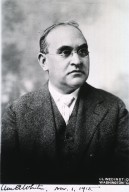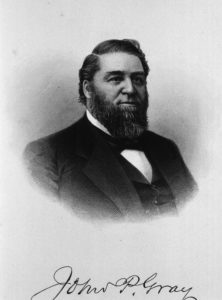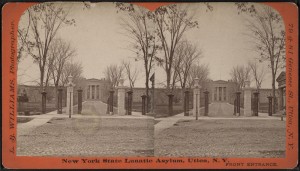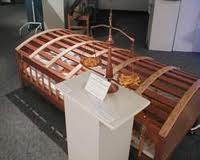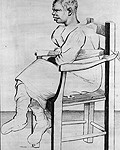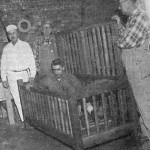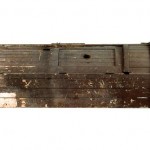A number of [insane] asylum patients eventually wrote about their experiences once they were released. A commonality that many of these accounts reveal is the lack of due process in the commitment process. In 1868, Reverend Hiram Chase wrote about his experience:
“. . . on the 20th of August, 1863, about 9 o’clock in the morning, I was called out of my room to dress and take a ride as far as the depot. . . I got into the wagon with three men besides myself. As I got into the wagon and saw my trunk, I enquired where they were going. Mr. Harvey told me I was going to the asylum in Utica.”*
Chase had previously described what was probably an episode of deep depression, brought on by hearing some unkind gossip about himself from church members. His own physician and another one had called upon Chase, and discussed an incident in which he had tried to get rid of a solution of silver nitrate, fearing that it would harm someone or some animal. His wife and family may have thought Chase had obtained the bottle of silver nitrate solution in order to hurt himself, though he had evidently made it abundantly clear he was getting rid of the contents. Regardless, the doctors got a warrant from the local judge after this interview, to take Chase to Utica.
Chase ends his first chapter with this: “We arrived there the same day, and I was locked up in the third story of the building, with about forty raving maniacs. Others may judge of my feelings when I sat down and looked around me. . . .”
*Two Years in a Lunatic Asylum; Van Benthuysen & Sons’ Steam Printing House.









